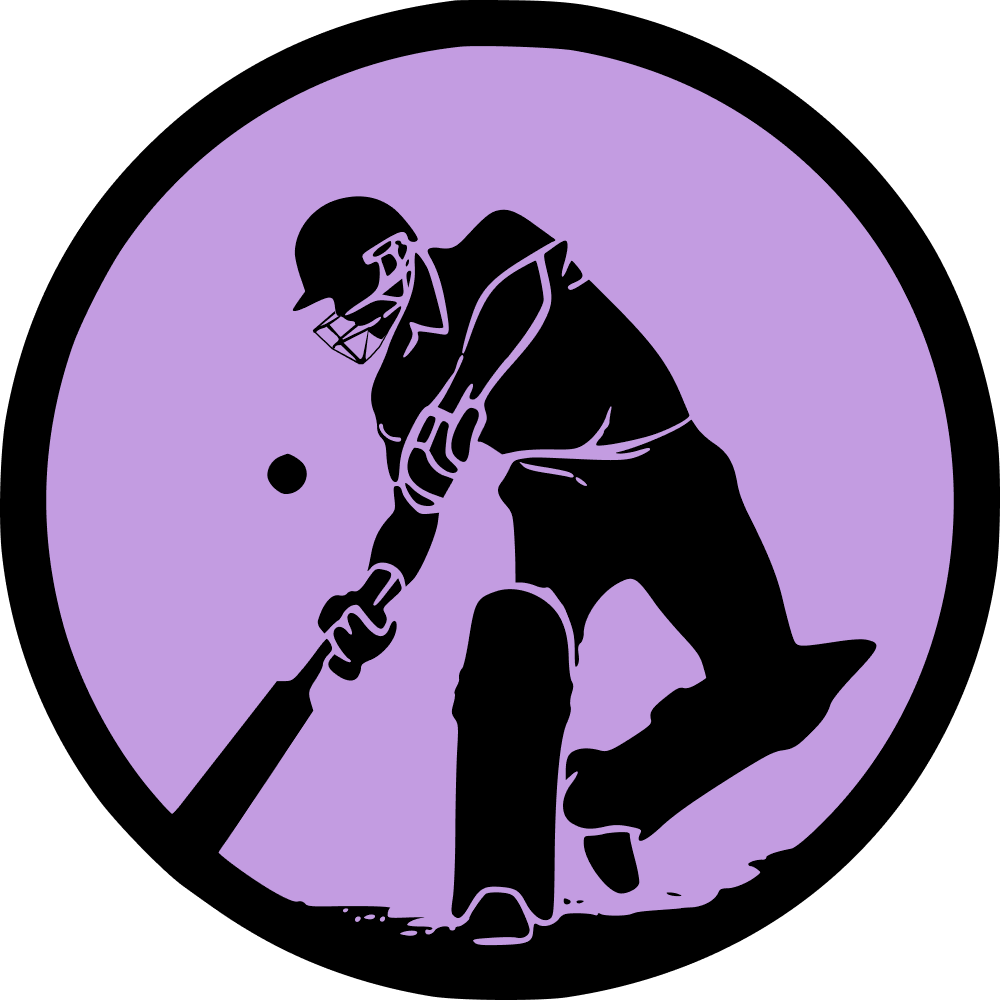In cricket, umpires play a critical role in ensuring the smooth conduct of the game by making decisions in accordance with the Laws of Cricket. Traditionally, there are two on-field umpires: one stationed at the bowler's end, behind the stumps, and the other at square leg, positioned to observe the batsman and decisions like run outs and stumpings. The bowler's end umpire is responsible for calls such as lbw, no-balls, wides, and leg byes, while the square leg umpire focuses on run-outs and stumpings. To maintain fairness, umpires switch positions at the end of every over. Additionally, professional matches feature a match referee, who oversees player conduct and enforces disciplinary actions but does not make decisions that affect the outcome of the game.
Technology's Growing Influence
With the evolution of the game, technology has become increasingly embedded in cricket, especially at the international level. Besides the two on-field umpires, a third umpire now monitors the game from the sidelines, using television replays to assist in key decisions such as close run-outs, stumpings, or determining whether the ball was caught cleanly or had hit the ground. The third umpire can only intervene upon request by the on-field umpires, who rely on video replays when their view is obstructed or unclear. Over time, the use of this technology has grown, with players and fans advocating for its application in resolving controversial decisions.

For example, in a 2007 one-day international between England and India, umpire Peter Hartley initially ruled Paul Collingwood not out during a run-out appeal. However, when replays on the big screen clearly showed Collingwood was out, Hartley, upon realising his error, referred the decision to the third umpire. While Hartley’s hesitation in referring to the decision immediately was noticeable, the laws of cricket allow an umpire to change their decision as long as it is done promptly. Although the decision was ultimately correct, it highlighted the importance of using technology in such scenarios.
Review Systems
In recent years, the cricket world has witnessed the introduction of the Decision Review System (DRS), further enhancing the role of technology in umpiring. This system allows players to challenge an umpire's decision by signalling for a review using a "T" gesture made with their arms. Initially, teams were allowed up to three unsuccessful challenges per innings, later reduced to two. One of the earliest instances of a successful player review occurred in 2008 when Sri Lanka's Tillakaratne Dilshan contested an umpiring decision and was later ruled not out by third umpire Rudi Koertzen, overturning the initial call.

Although DRS was widely adopted in Test cricket and used during the 2011 World Cup, its full implementation often depends on mutual agreement between the competing teams. For example, during the 2011 Test series between India and England, DRS was used in a limited capacity as India did not agree to using it for lbw decisions. Despite its occasional limitations, DRS has proven effective in reducing umpiring errors and ensuring fairness in crucial moments of the game.
Decision-Making and Player Conduct
While the third umpire and DRS have become integral parts of modern cricket, the on-field umpires retain the authority to make final decisions. A batsman can only be declared out following an appeal from the fielding team. If no appeal is made, the batsman cannot be given out, even if the ball was clearly caught or hit the stumps. In addition to handling appeals, umpires are responsible for maintaining discipline on the field. Should a player contest an umpire's decision too aggressively, the match referee may step in to issue fines or other penalties.
Umpires communicate their decisions to players and scorers through a series of standardised hand signals. For example, when a batsman is declared out, the umpire raises their index finger, while a "not out" decision is indicated by shaking the head or crossing hands. Umpires also signal other rulings like no-balls, wides, and boundaries. In limited-overs formats like T20s and ODIs, a no-ball is followed by a "free hit" signal, meaning the batsman cannot be dismissed by most conventional means on the following delivery. The wide ball, another common call, is signalled by the umpire stretching both arms horizontally.

Human Factor Still Essential
The integration of technology has significantly impacted the way cricket is officiated. Although umpires are the ultimate authority on the field, tools such as television replays, DRS, and the third umpire have added layers of precision to the decision-making process. However, technology does not eliminate the human element entirely, as the final judgment often rests with the umpires. Despite occasional controversies or errors, the evolution of umpiring in cricket, especially with the inclusion of review systems, has enhanced the accuracy and fairness of the sport, ensuring that players and fans can enjoy a game where contentious decisions are minimised.

